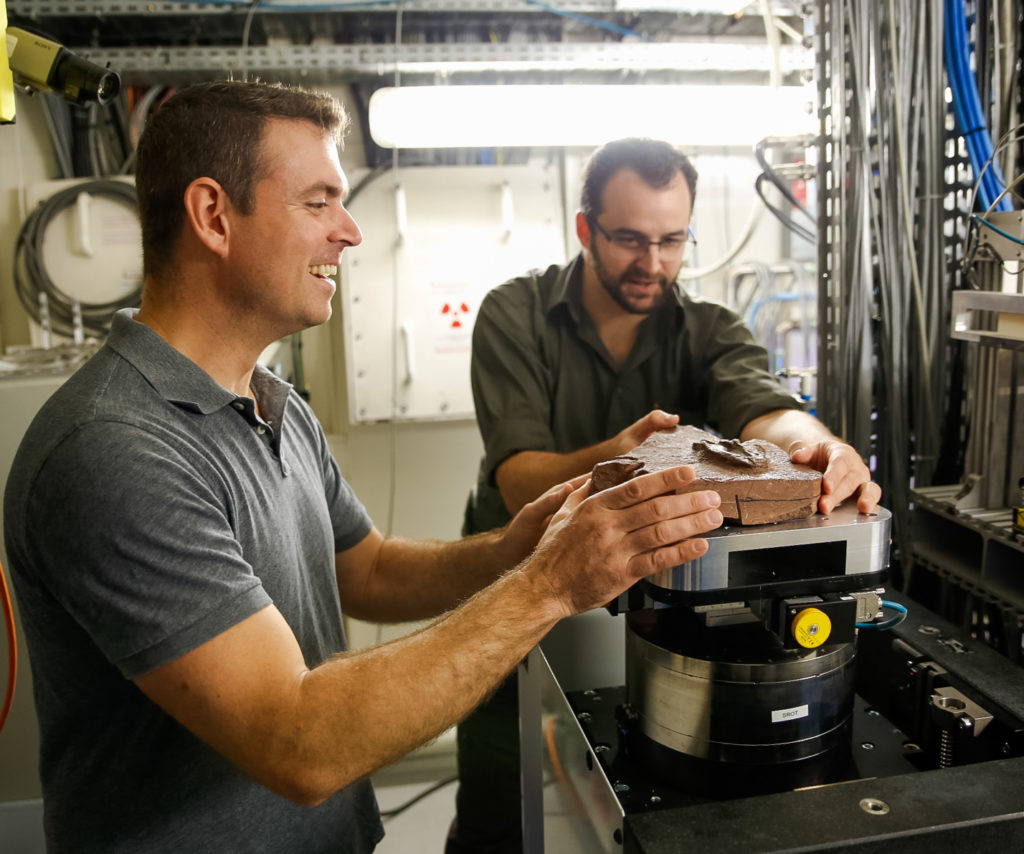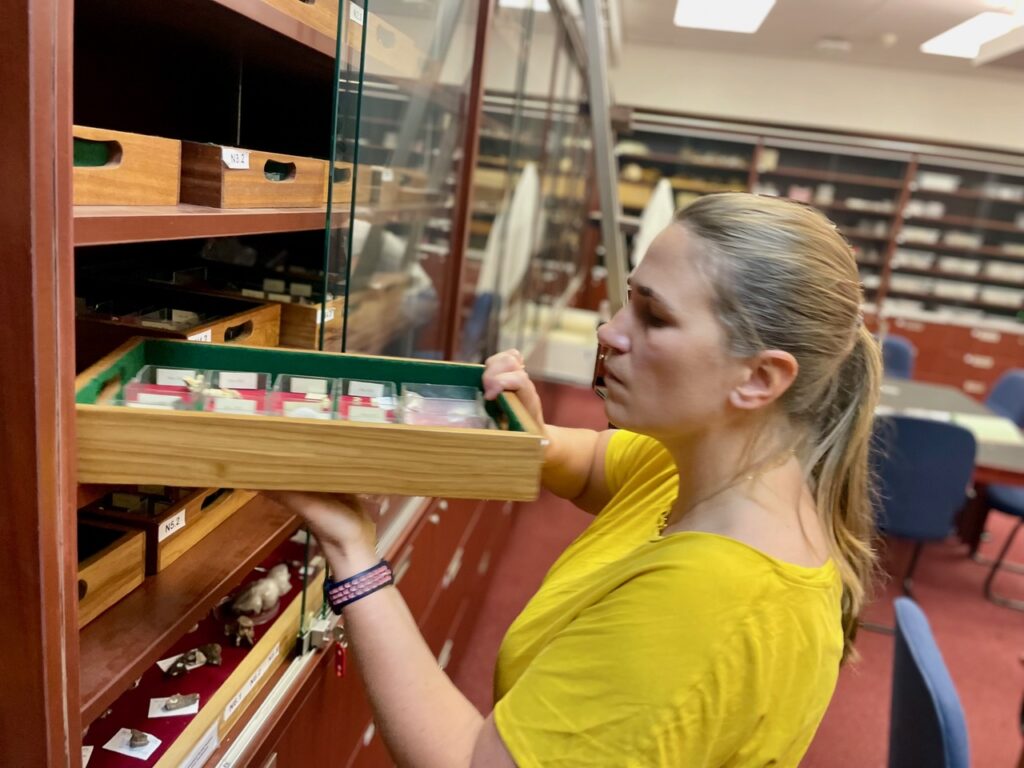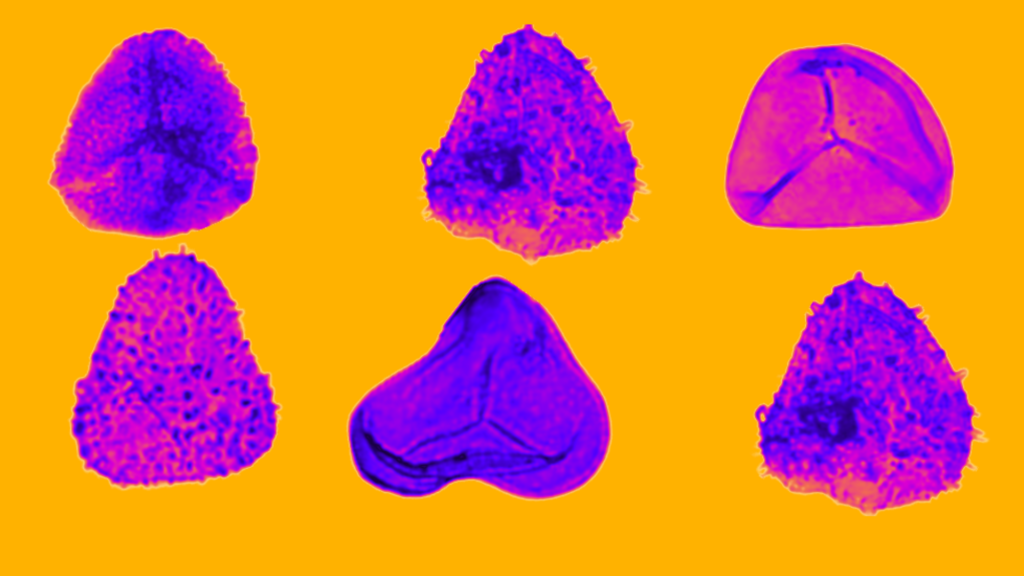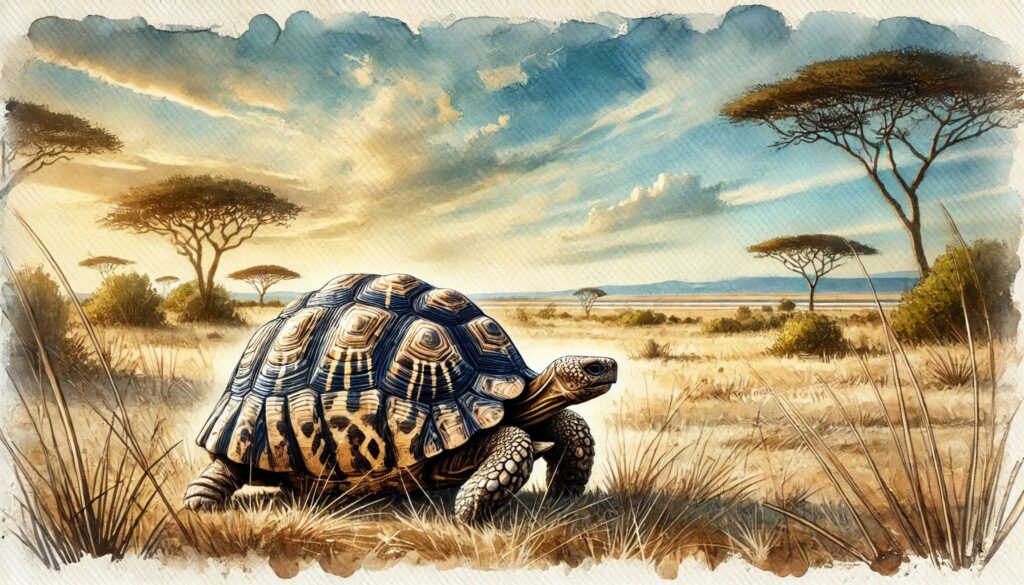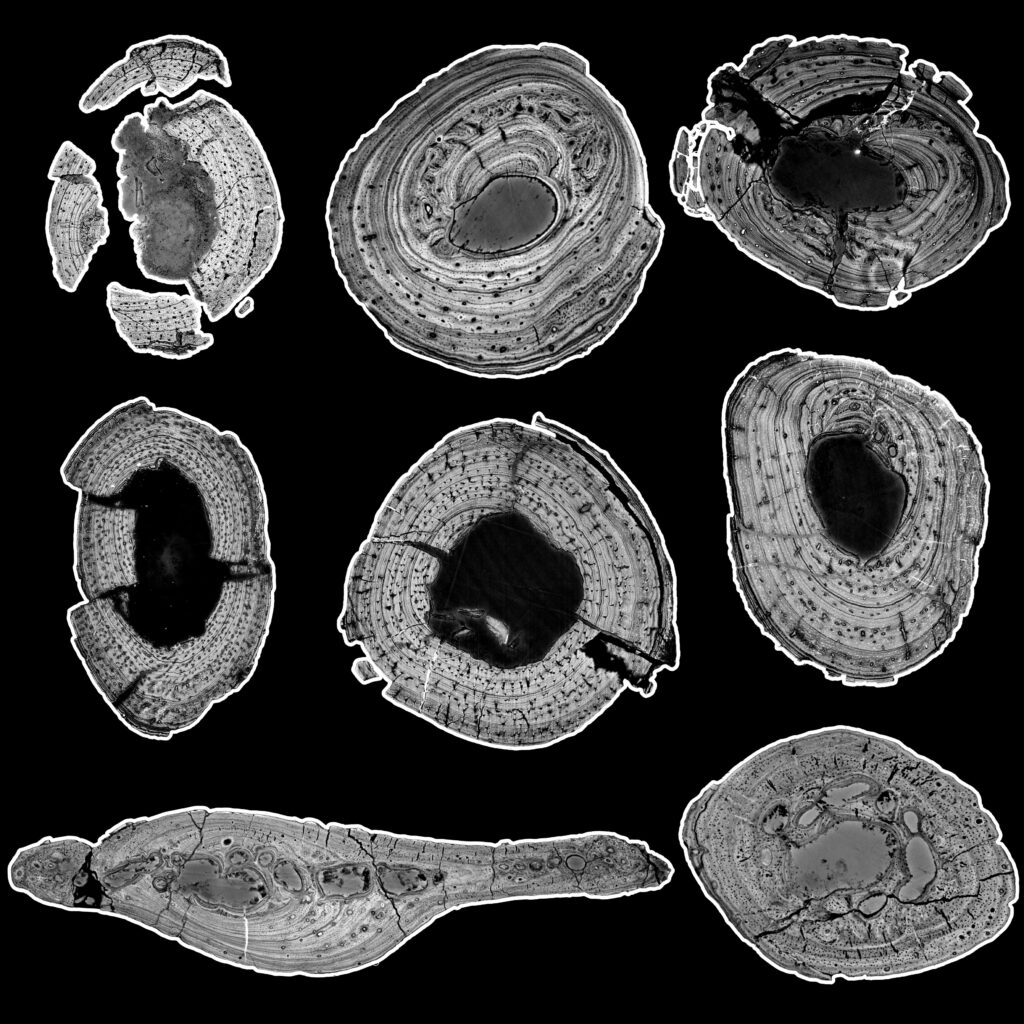Breathing life into a 200 million year old fossil
With the use of a particle accelerator scientists were able to work out that Heterodontosaurus tucki, a small 200 million year old dinosaur breathed by using a muscle attached to its hipbone to expand and contract its lungs.
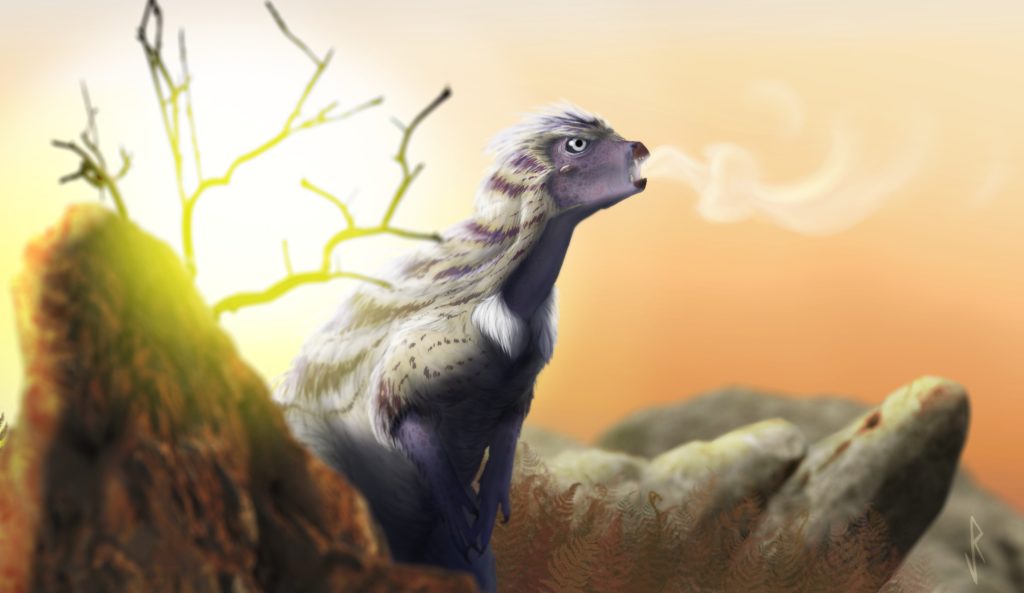
Small bites
- It has always been a mystery how dinosaurs breathed.
- Deep scans, enabled with a particle accelerator allowed researchers to “see” how the hips expanded and contracted the lungs.
- This never before seen breathing method shows that species over time have developed unique ways to inhale air.
A breathing system never seen before
For a long time, scientists have wondered how dinosaurs breathed and the suspicion was that they probably inhaled air similar to how birds do today. But thanks to a particle accelerator and high-powered x-rays an international team of scientists found that one dinosaur had a unique breathing mechanism that was far different from anything we know today. Heterodontosaurus tucki lived in what was to become South Africa 200 million years ago. This small dinosaur is the oldest in the Ornithischian line, and its descendants would later include Triceratops, Stegosaurus, and other duck-billed dinosaurs. An almost complete Heterodontosaurus skeleton found by Dr Billy de Klerk of the Albany Museum, Makhanda, South Africa, was taken to the European synchrotron radiation facility in Grenoble, France. The team wanted to see if the skeleton would reveal just how this dinosaur drew a breath all those millions of years ago. They weren’t disappointed. Deep scans allowed the Heterodontosaurus skeleton to be reconstructed in unprecedented detail, revealing unusual features on the dinosaur’s ribs and pelvis. What the scientists were able to work out was that a muscle attached to Heterodontosaurus’s hips pulled on the lungs enabling them to expand and contract. “This specimen represents a turning point in understanding how dinosaurs evolved” explained Viktor Radermacher, a South African PhD candidate who is now at the University of Minnesota, USA. Their findings were published in eLife, a peer-reviewed open access scientific journal for the biomedical and life sciences.
Animals have different ways of getting oxygen into their lungs. Humans use their diaphragm, while bird lungs don’t move and have oxygen pumped into them from air sacs. Reptiles move their ribs to breathe. “The takeaway message is that there are many ways to breathe,” Radermacher said. “And the really interesting thing about life on earth is that we all have different strategies to do the same thing, and we’ve just identified a new strategy of breathing. This shows that utilizing dinosaurs and palaeontology, we can learn more about the diversity of animals on earth and how they breathe.”
